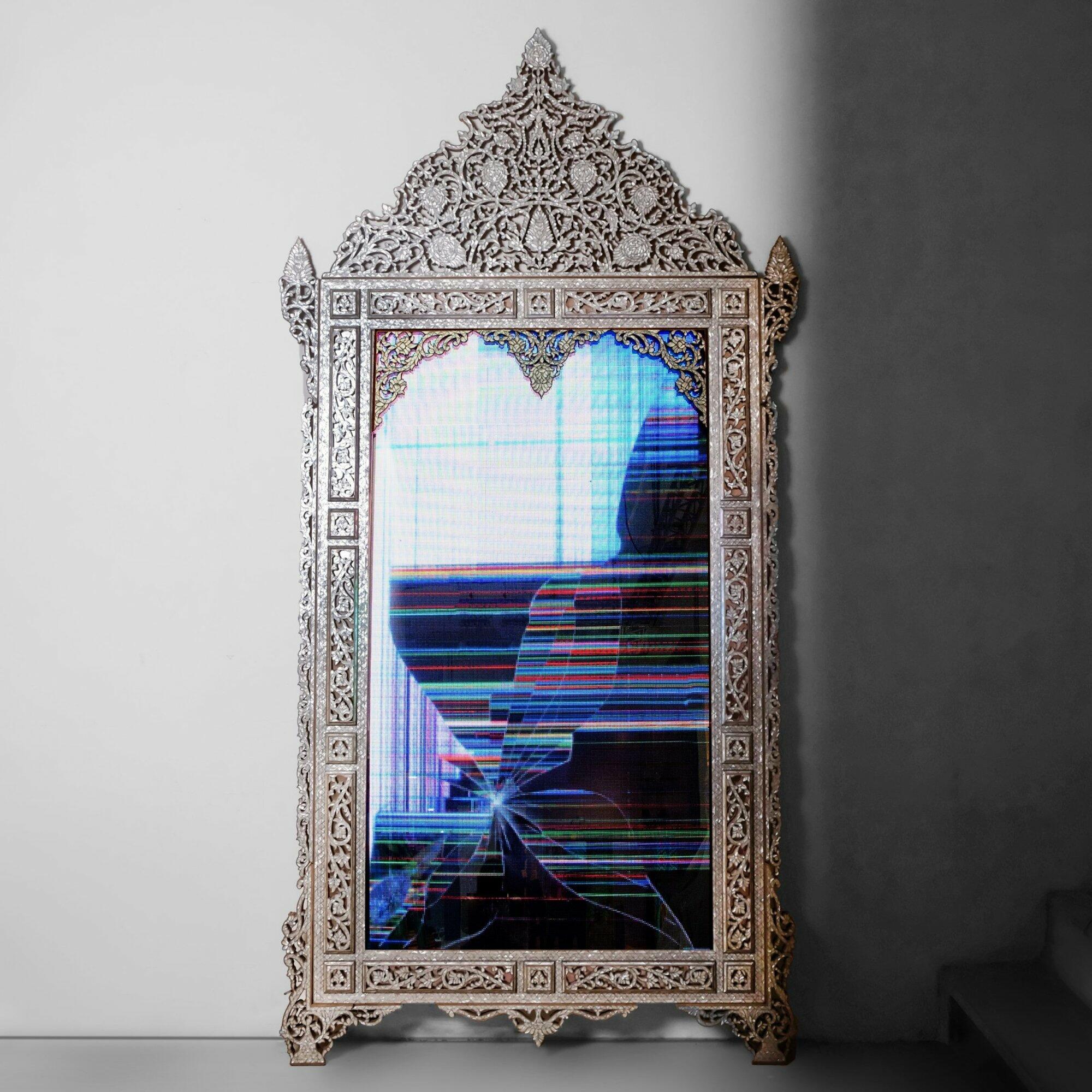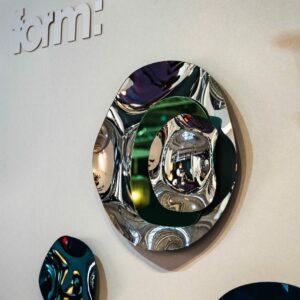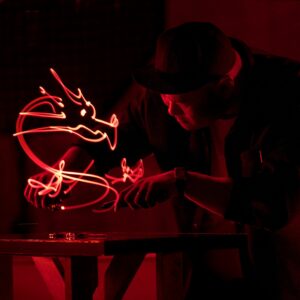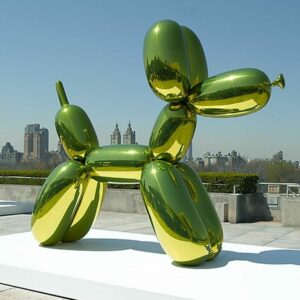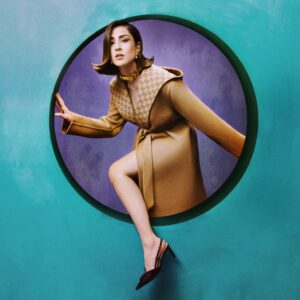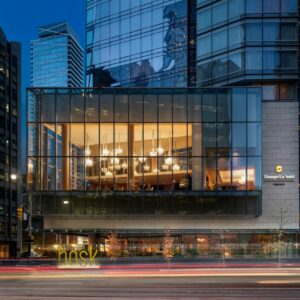ARE (Instagram) is a Damascus-based design house that takes traditional Syrian techniques and imbues them with a fresh, contemporary take. Their ‘digital glitch’ aesthetic blurs the high-tech world with age-old design.
Let’s start with the obvious — or to some, the not so obvious. Why have you chosen to remain anonymous?
We keep ourselves out of the foreground because we want the spotlight on the pieces, what they stand for, and the designers, craftsmen and artisans whose skills and experiences go into their creation. Each ARE piece is a product of the work of a number of people, with varying perspectives that add to the story and the meaning behind each product. We believe that these multiple inputs and contributions must be credited and, together with the pieces, be the focus of people’s attention.
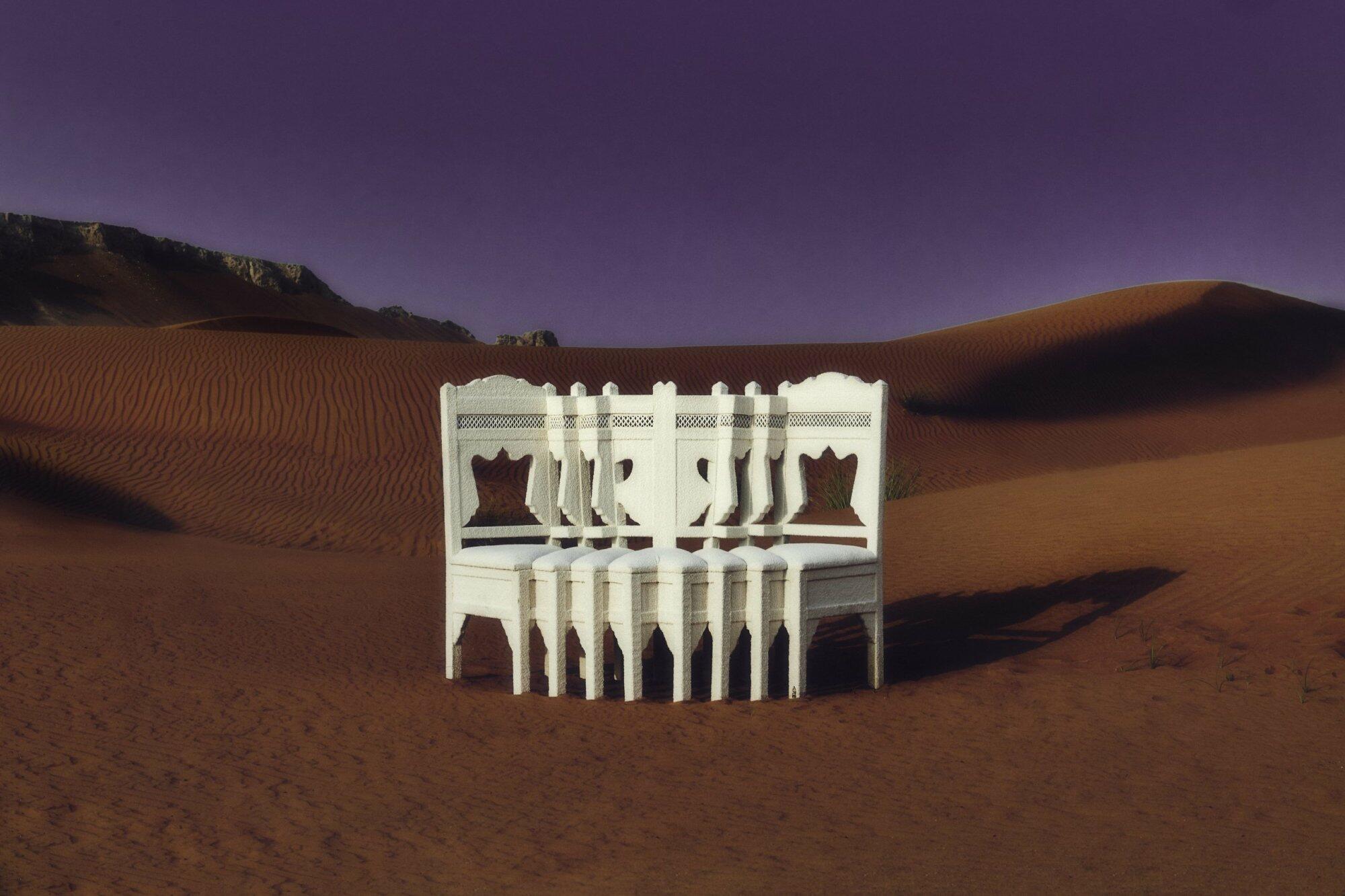
Talk to us about the significance of your name. Why did you choose “ARE”?
Each ARE creation is a collective of work by designers, artisans, and craftsmen. Each one of them leaves their unique mark on every ARE piece and ultimately contribute to its meaning. That’s where our name stems from, we are ARE, all together.
Your brand’s aesthetic identity is quite clear throughout all your pieces. How did you come to the digital glitch element of your work?
The digital glitch represents the moment of collision between our fast-paced high-tech world and the precision and structure of traditionally handmade craft. It showcases the imperfections of our contemporary reality and the apogee of balance that is the result of the idiosyncratic pairing of two diametrically opposite and extreme worlds.
Take us through your making process. How do you work around combining materials historically used in your culture with a modern approach? What challenges do you face?
Our pieces redefine the traditional through a contemporary lens. We take elements of traditional Syrian design and conceptualize and modernize them through a correlation with contemporary representations. Our pieces are playful interpretations of the traditional within this newly reimagined contemporary reality. In our furniture, we blend traditional damascene materials, such as wood and mother of pearl, with new materials such as epoxy, Plexiglas, and neon. Different craftsmen and designers are involved in the production process. They all contribute to the final appearance and unique meaning behind each piece. All these different hands and contributions lead to glitches and changes, which ensures that no two pieces are ever exactly the same. We invest a lot of time and effort into research, creating our concept and mood boards, sketching and testing various materials, before we make the final design for each piece.
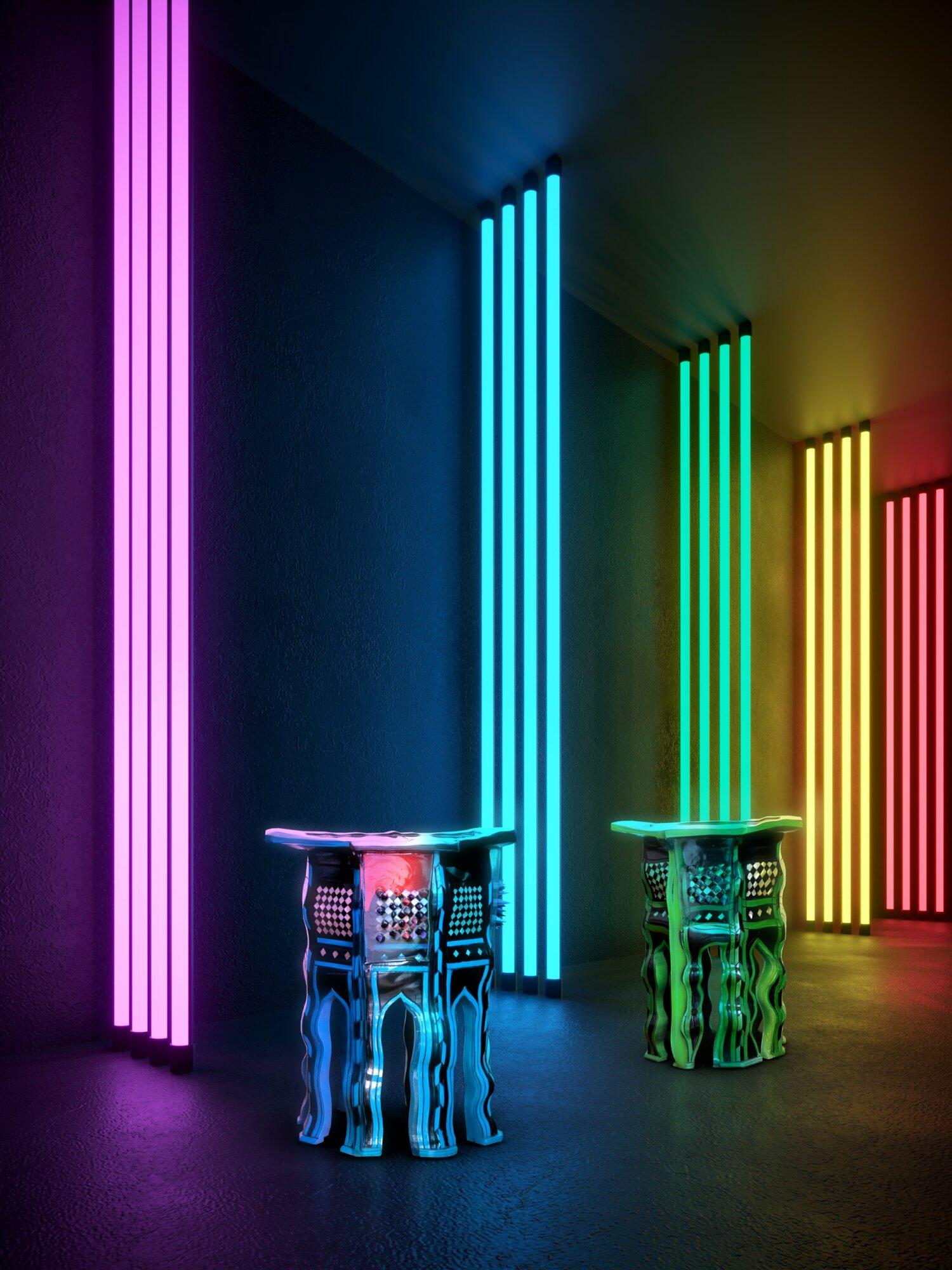
As a tribute to our heritage, traditional methods are our starting point, the foundation that forms the piece, which is then expanded with new materials and manufacturing methods. We consider the design phase completed when we can take a step back and confirm that we succeeded in challenging the norms and changing our attitudes in the creation of the piece as we reimagined it. Our main challenge lies in blending the traditional and the modern. This craft is passed from one generation to another. Inherited manufacturing techniques are difficult to combine and expand with modern methods and materials. This is the challenge that constitutes our art: creating new methods by questioning shapes and intent in order to create pieces never seen before.
What about Syria do you love the most? How do you show that through your work?
We find inspiration in Damascus, a city as old as time, with a rich and complex history and tradition molded by different civilizations. ARE was built upon the foundations laid on this melting pot of cultures, customs, and experiences. We draw from the traditional and breathe our own experiences into every piece, each time creating something unique. Having handpicked traditional damascene chairs, mirrors, and tables, we reimagined them through the perspective of modern architecture and gave them a contemporary twist, all the while honouring the traditional craft.
The concept of time seems to be a dominant theme within your work. Why is this?
Our work represents a unity of the opposites, the traditional and the modern captured in a moment in time. While drawing inspiration from age-old artisanal furniture, the twist in our pieces comes from our contemporary daily lives. We imbue our work with ideas drawn from images that we see, objects that we pass by, and thoughts that cross our minds every day. These diametric opposites, the old and the new, the past and the present, and the moment in which they collide, become ARE pieces, living art pieces that transcend time.
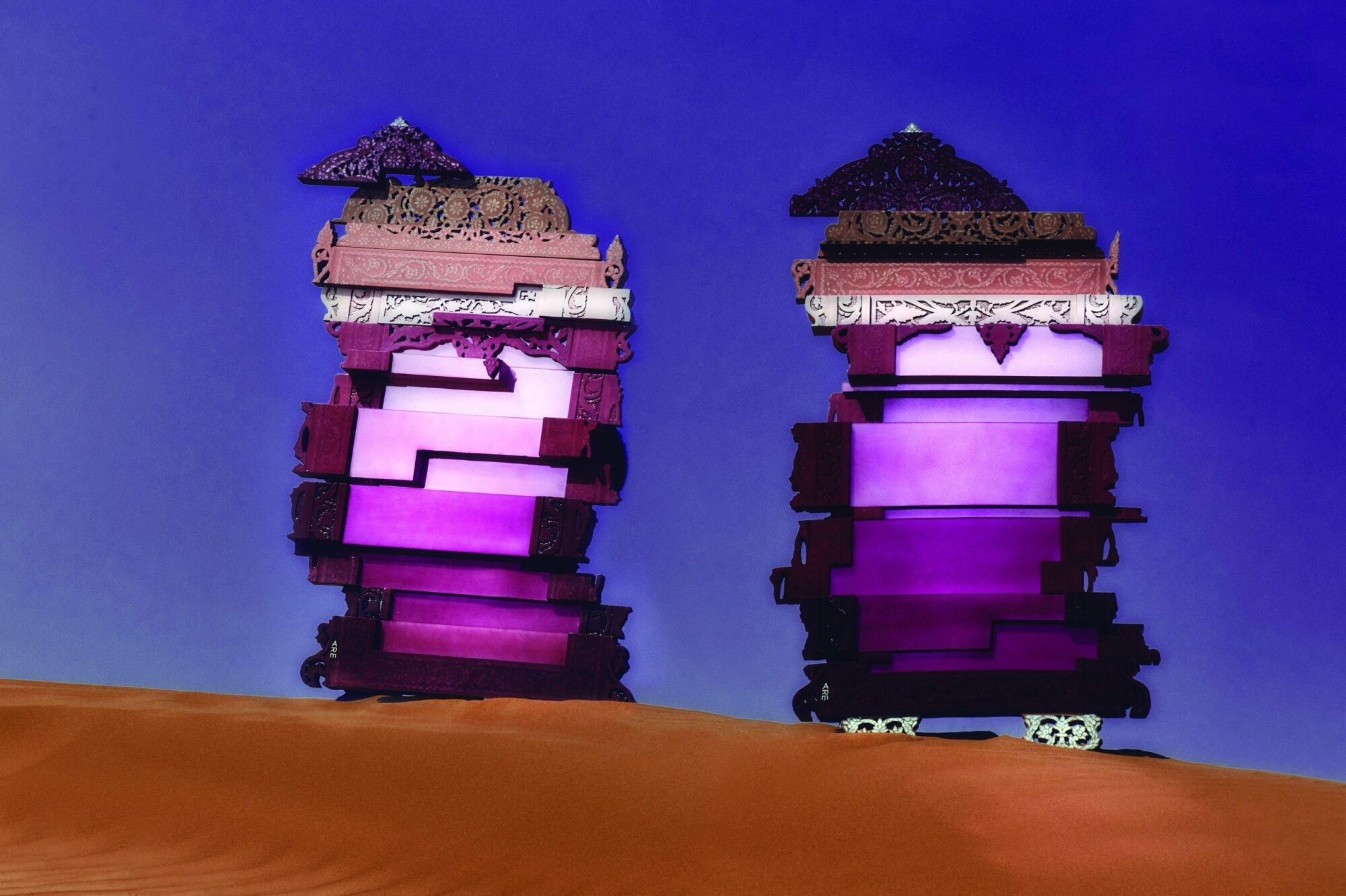
Discover all the latest art news from the region, including interviews with design houses like ARE, on our Art & Culture pages.
